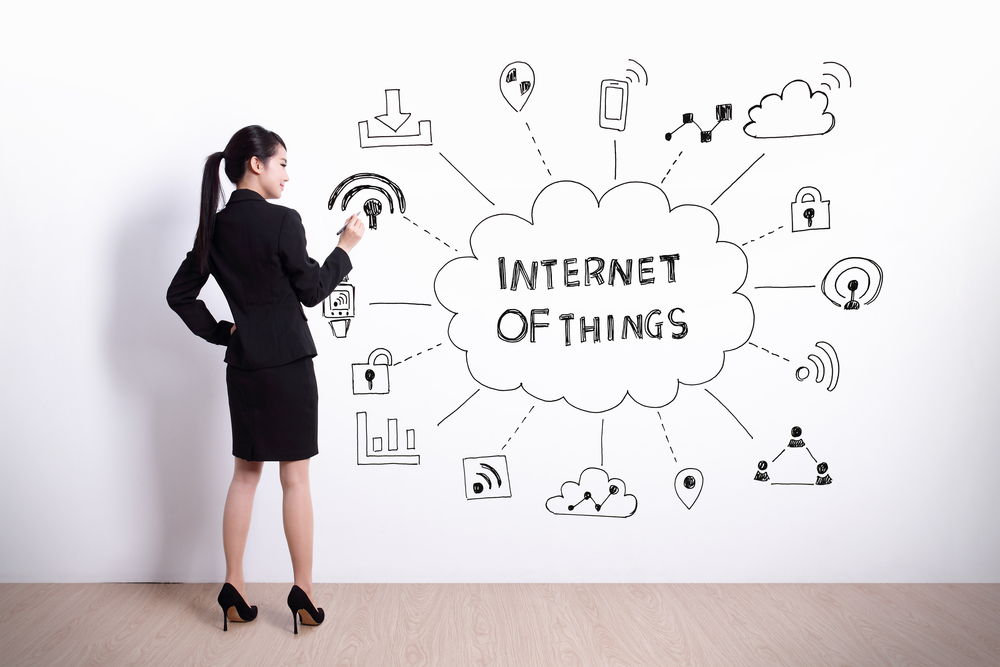The government has committed to spending £40 million on the Internet of Things (IoT) which demonstrates that smart cities and connected machines are not just fads and gimmicks, but are part of the core disruptive technologies of the future; a future, that is on the brink of arriving.
Businesses have been talking about IoT for the past couple of years and in 2015 many companies took their products up to the next level with integrated connectivity and internet capabilities.
Whilst there is still a long way to go before we’re in a world full of driverless cars and drones, a lot has been done already and now the data from the first of these connected devices, wearables and GPS is being generated, we have to consider what we do with this data.
> See also: 5 predictions for the Internet of Things
According to Gartner by 2020 at least 25 billion devices will be connected and this number is only expected to grow year on year. It would be an understatement to say that these devices will generate a vast amount of data. If we thought Big Data was big, wait for the data that 25 billion devices will produce.
From a business intelligence perspective, some of this data will be meaningless, perhaps even an annoyance that needs assessing for archiving, storing or deleting. But much of this data will provide valuable insight. When it comes to IoT data and business intelligence what should businesses be doing? What strategies are important when it comes to making sense of this new influx of data?
The data of everything
Data analytics started with simple, retrospective questions such as what was sold? This allowed businesses to see past patterns and trends. From this analytics progressed to asking the data to explain these trends and now if data can be analysed in almost real time, future patterns can almost be predicted. IoT, also called IoE, the Internet of Everything, will bring with it the ‘data of everything’.
Whilst inevitably some of this data, maybe even most of it, will hold little value, some data could be used to gain insights into customer behaviour and patterns allowing businesses to predict trends and react ahead of demand. In an increasingly competitive world, this insight is invaluable and organisations should ignore it at their peril.
The first step to preparing for IoT data is simply being aware that this data is coming. The growth in IoT will undoubtedly see a growth in available data and whilst this brings additional analytical opportunities it also increases the burden on IT.
Businesses that are able to store, collect and analyse this data will be ahead of the curve. Those who use automation for faster and more agile data analysis will lead the way. In short, if you can’t keep up with the pace at which other businesses analyse and use this data you risk falling behind your competitors who do.
To get the most comprehensive view of your data, IoT data needs to be analysed, not in isolation, but in conjunction with your existing data. The true ‘data of everything’ will include all data; IoT data, Big Data, internal and operational data.
This holistic view will ensure that IT can support the business with accurate and complete business insight. Business analytics experts have a responsibility to mine for the best intelligence and if organisations are not prepared to handle and evaluate the data of everything they risk excluding mission critical data that could help to create smarter and more informed decisions.
Creating an agile approach
So, how does a business prepare for this anticipated data growth? As we have discovered, an inclusive approach is crucial, but so too is an agile one. One way to prepare for an ever-changing world, is to have agility built into your company’s infrastructure.
Using proven data analysis automation, for example, will create an agile, cost effective and accelerated way to analyse all the dataand adapt to new types of data as well as new requests for insight.
> See also: Internet of Things: bigger than your average Smart TV
Furthermore, with automation the entire process of data provisioning is sped up and businesses can have timely access to reports and data findings. With an automation strategy in place, organisations avoid compromises and the risk of losing intelligence from perishable data sets.
The world of data is evolving. First we had our own internal data to analyse, then Big Data and now IoT data; the data of everything. Organisations that can access and report from this all these data sets will have the bigger picture and will ultimately make more informed business decisions.
Businesses need cost effective technology that can quickly help them make sense if this data; technology such as automation which is the quickest way a business can get an end to end view of all it data.
IoT is starting to find its place within the market and businesses that want to gain a competitive edge need to take advantage of the new wave of data this will bring. However, it’s not only about IoT Data.
Data can offer valuable insight but it’s important that organisations can turn the data into information, wherever it resides, and process it quickly to gain truly accurate business intelligence and out manoeuvre its competitors.
Sourced from Miriam Fois, GM for UK and Ireland, WhereScape










